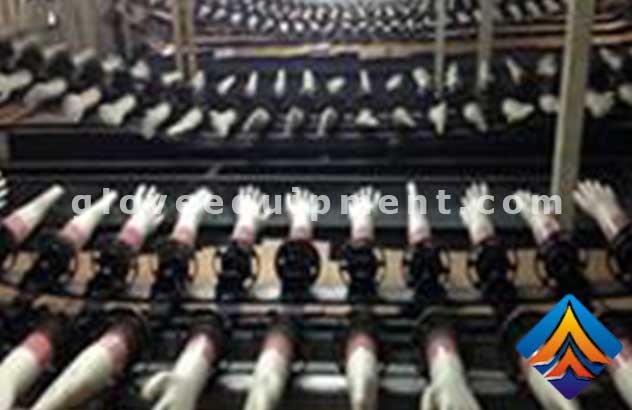Vinyl Gloves-Protection or Poison
In feedback to PVC's poisonous hazards, worldwide federal governments, as well as companies, have passed plans to phase out PVC, consisting of vinyl (PVC) gloves, and also switch to safer, healthier PVC-free products.
This write-up clarifies the food safety and security ramifications of vinyl gloves and their possible unfavorable impacts on both human and also environmental health, with food risk-free as well as cost-efficient choices.
Phthalates
Up to 50% of disposable vinyl gloves are comprised of plasticizers, that make the PVC adaptable as well as soft enough to wear. Commonly plasticizers consist of phthalates and also BPA as they are affordable.
Phthalates can be taken in via worker's skin and also swiftly transfer to, and contaminate foodstuff. Damaging health and wellness effects from exposure to BPA and also phthalates in US food and also work-related settings is estimated to lead to $175 billion in medical care expenses.
Germs and virus permeability & food safety problems
Due to the molecular framework of vinyl disposable gloves, there are connected dangers that limit their efficiency and also affect obstacle security. Research studies have actually highlighted the absence of cross-linking of PVC molecules, creating them to separate when flexed or stretched. The effect of this is two layers:
Vinyl disposable gloves have bad resistance to stretch and also prolongation (based on reduced tensile toughness as well as elongation tests) than nitrile or latex gloves. Much less flexibility as well as versatility results in a poorer fitting glove; with even more holes taking place during regular use. Precariously, these openings are typically at the microscopic level and also are an unidentified however real food safety danger.
Boosted permeability to bacteria as well as an infection. This increases the threat of cross-contamination for both the glove customer and the products they are dealing with.
Due to the microstructural company of vinyl disposable gloves, there are connected dangers that limit their performance and also influence obstacle defense, with the complying with food safety as well as employee associated problems:
Research studies highlight the lack of cross-linking of the PVC polymer and together with plasticizers that weaken the vinyl glove structure, micro-punctures will occur within only a few hand flexes or food-handling tasks undertaken by the glove wearer. In some cases, vinyl gloves begin leaking as soon as they are donned.
It is estimated 50% to 90% of punctures go unrecognized by wearers, resulting in drops of contamination smeared over surfaces contacted by gloves and contamination of food.
Numerous studies have proven vinyl gloves have an increased permeability to bacteria and viruses, further compromising food safety.
Work-related musculoskeletal disorders-- Vinyl disposable gloves have a poor resistance to stretch and elongation. With reduced elasticity and flexibility, a thicker glove is required, increasing glove resistance and bulkiness, causing repetitive fatigue injuries and contact trauma to fingers and thumbs.
There is an accumulation of scientific evidence indicating vinyl disposable gloves (over other types) are more frequently responsible for cross-contamination events in food handling where glove type is identified.
The science of cross-contamination is complex, involving the physical chemistry of surfaces, soils, and pathogens. Liquid and soil transfer to and from surfaces are controlled by forces of attraction governed by the surface tension of liquids (or semi-solids) and the surface free energy of surfaces.

A proper accounting of the human health impacts of PVC across its lifecycle, including disposal issues and occupational exposure, finds that PVC leads to the release of dangerous quantities of dioxin and other carcinogens.
Despite all the evidence against the use of vinyl disposable gloves, why are vinyl gloves still the predominant food handling glove used in the US, amplifying risks to food safety?
Cost is one factor, and historical purchasing decisions another. There is also a lack of information from glove suppliers as to the food safety dangers of disposable vinyl gloves to consumers, workers, and ultimately food handling companies. Glove choice decision making often fails to factor in food safety aspects, giving a false sense of security and economy.